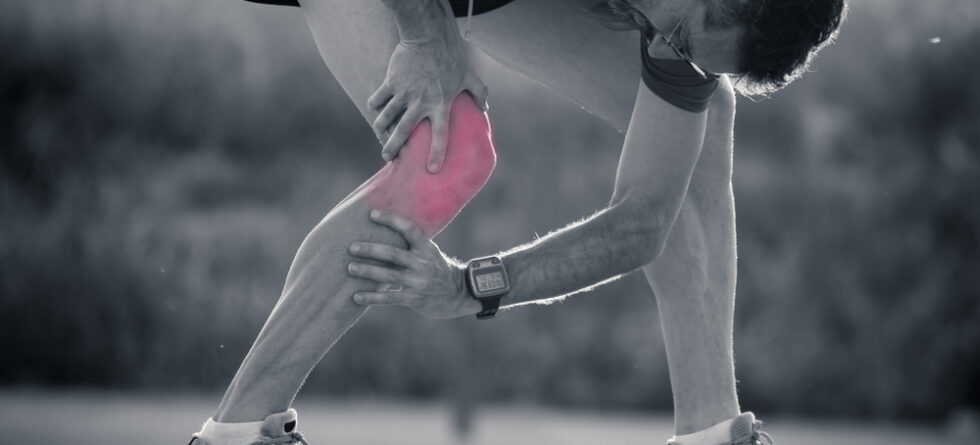Walking on a torn ACL (anterior cruciate ligament) immediately after injury can be challenging and may be accompanied by significant pain, instability, and difficulty bearing weight on the affected leg. In some cases, individuals may be able to bear weight and walk with assistance or by favoring the unaffected leg, but this is not recommended as it can exacerbate the injury and lead to further damage to the knee joint.
Following a torn ACL, the knee joint becomes unstable, and walking without proper support or stabilization can increase the risk of additional injuries, such as meniscus tears or damage to other ligaments in the knee. Therefore, it’s crucial to seek prompt medical evaluation and appropriate treatment for a torn ACL to minimize complications and support optimal recovery.
In the immediate aftermath of a torn ACL, it’s common for individuals to experience significant pain, swelling, and limitation of movement in the affected knee. Rest, ice, compression, and elevation (R.I.C.E.) may be recommended to reduce pain and swelling and promote initial healing. Crutches or a knee brace may also be used to support the injured knee and prevent further stress on the damaged ligament while walking.
While some individuals may attempt to walk on a torn ACL in the days following the injury, it’s important to prioritize rest and immobilization of the knee joint to allow the torn ligament to heal properly. Walking on a torn ACL without appropriate medical evaluation and treatment can worsen the injury and increase the likelihood of long-term complications, such as chronic knee instability, cartilage damage, and early-onset arthritis.
The decision to walk on a torn ACL should be made in consultation with a healthcare professional, such as an orthopedic surgeon or sports medicine specialist, who can provide an accurate diagnosis, recommend appropriate treatment options, and guide rehabilitation to ensure optimal recovery and return to activity. In many cases, surgical reconstruction of the torn ACL followed by physical therapy is recommended to restore stability and function to the knee joint and facilitate a safe return to normal activities.




